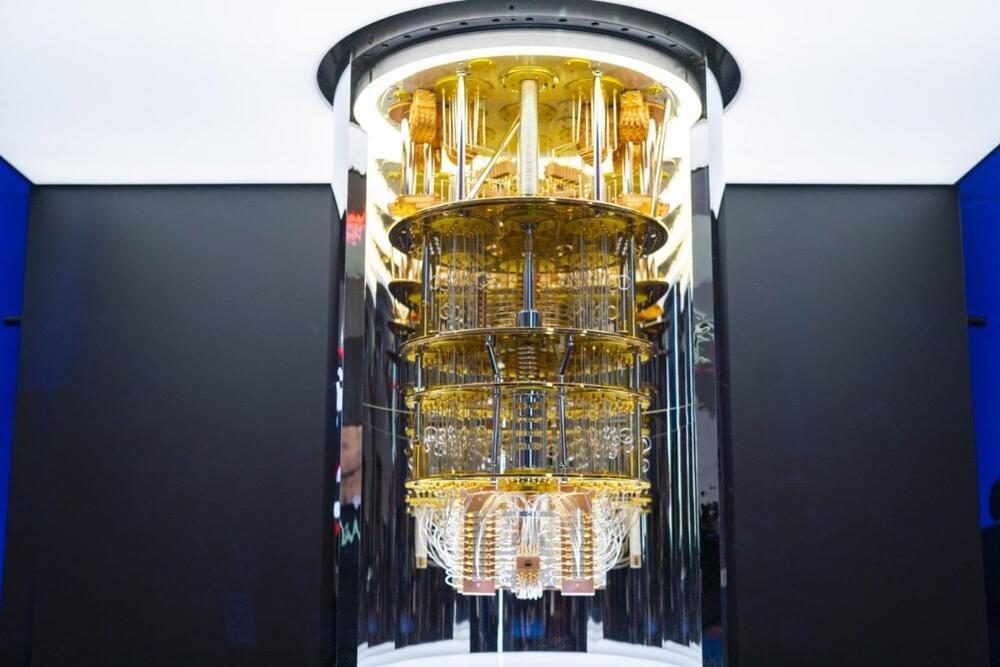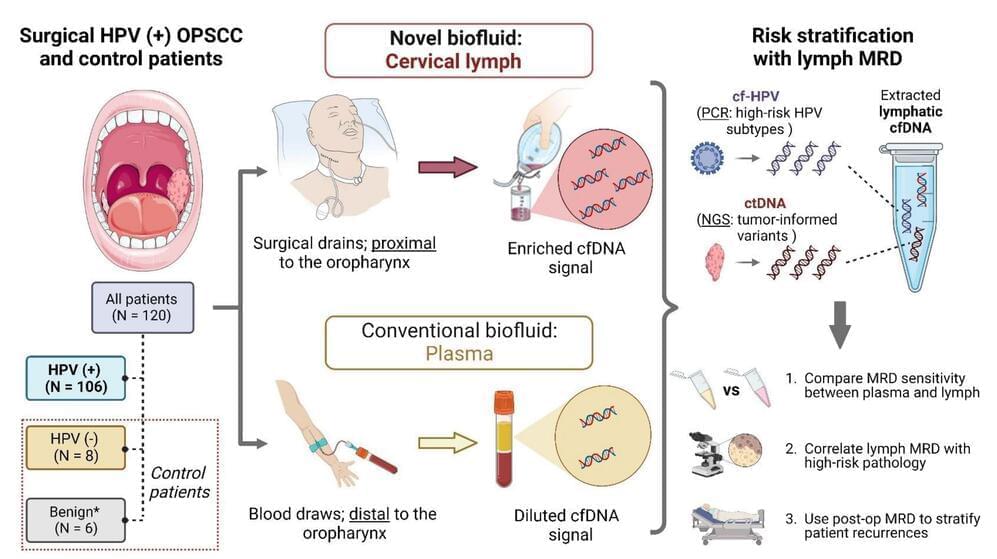In work that could lead to more robust quantum computing, Princeton researchers have succeeded in forcing molecules into quantum entanglement.
For the first time, a team of Princeton physicists has been able to link together individual molecules into special states that are quantum mechanically “entangled.” In these bizarre states, the molecules remain correlated with each other—and can interact simultaneously—even if they are miles apart, or indeed, even if they occupy opposite ends of the universe. This research was published in the journal Science.
Molecular entanglement: a breakthrough for practical applications.







